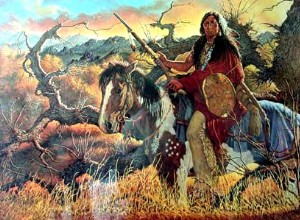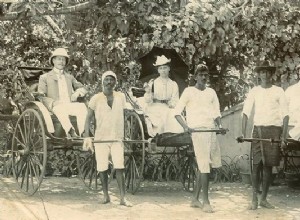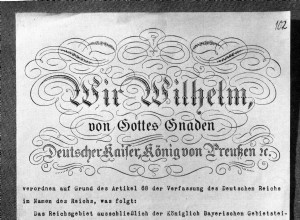Tanganyika , a historic East African country founded in 1964 with Zanzibar merged to form the United Republic of Tanganyika and Zanzibar was later renamed the United Republic of Tanzania. ( See Tanzania .) Britannica Quiz Destination Africa:Fact or Fiction? Is Africas northernm




